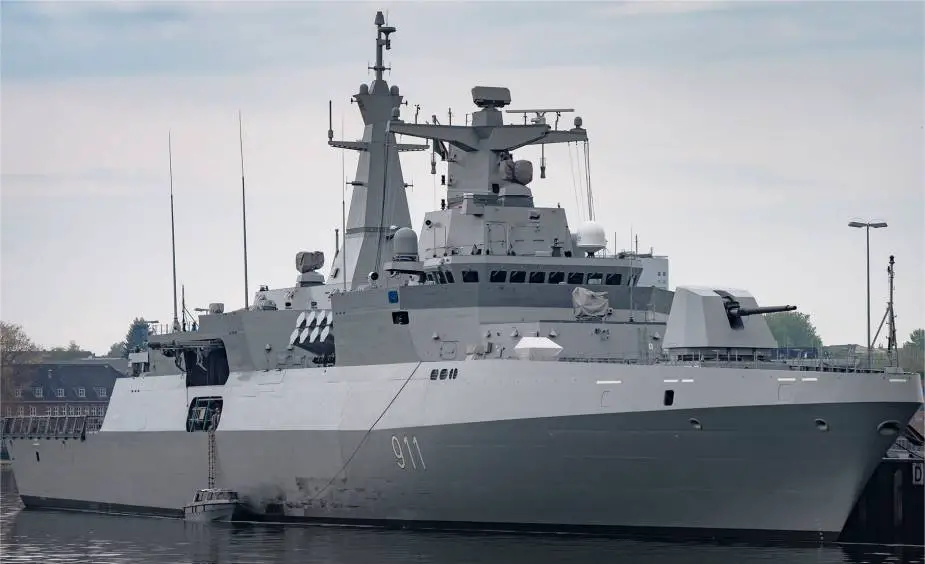Breaking news
MBDA to supply VL-MICA surface-to-air missiles for Meko A-200 frigates of Egyptian Navy.
According to information published by the French Newspaper website "La Tribune" on September 16, 2020, MBDA has received an order from Egypt to supply VL-MICA surface-to-air missiles for the four new Meko A-200 frigates of the Egyptian Navy.
Follow Navy Recognition on Google News at this link
 MEKO A-200 frigate. (Picture source savetheroyalnavy Website)
MEKO A-200 frigate. (Picture source savetheroyalnavy Website)
Previously, it was announced that Egypt ordered 96 radar-guided Umkhonto-R missiles and 32 infrared-guided Umkhontos manufactured by the South African company Denel for its Meko A200 frigates, but the deal was canceled, due to financial problems of Denel.
The MICA is an anti-air multi-target, all-weather, fire-and-forget short and medium-range missile system designed and manufactured by the company MBDA. MICA can also be employed as a short-range surface-to-air missile. It is available in a ground-based version, VL MICA, fired from a truck-mounted box launcher, and a naval version, VL MICA-M, fired from a ship-fitted vertical launch system
The Mica missile in Vertical Launch configuration has an operational range from 1 to 20 km and can reach a maximum speed of Mach 3.
In April 2019, Germany has announced a deal with Egypt for the delivery of three MEKO A-200 frigates produced by ThyssenKrupp Marine Systems (TKMS).
According to information publish by ThyssenKrupp Marine Systems, the MEKO® A-200 follows the famous MEKO® 200 series in a long line of general-purpose frigates. A fighting ship capable of full 4-dimensional warfare (AAW, ASW, and ASuW, BCW), the MEKO® A-200 is also designed for sustained operations across the full spectrum of general missions and tasks: patrol and interdiction, support of special force operations, SAR, and humanitarian operations.
The Meko A200 frigate features the revolutionary CODAG-WARP (water jet and refined propellers) propulsion system: two CPP propeller shafts driven by cross-connectable diesel engines plus a center-line, gas turbine-driven water jet, combining the power of each drive in the water with no need for a combining gearbox. This arrangement allows for extremely quiet acoustic signatures, a high degree of propulsion redundancy, and damage survivability. In the diesel-only mode, this propulsion arrangement is also an extremely economic solution, as a single-engine can drive both shafts for speeds of up to 18 knots.


























